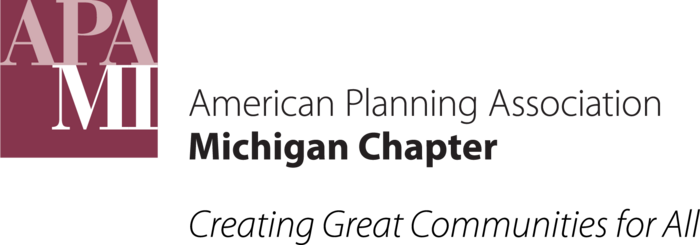Complete Story
04/04/2025
Coastal Solutions Compendium
Planned Unit Development (PUD)
A planned unit development (PUD) provision in the zoning ordinance identifies conditions that must be met before a PUD zoning district or PUD site plan may be approved for a property. The requirements for PUDs are found in the Michigan Zoning Enabling Act (Sec. 125.3503).
Why it supports resilience:
The purpose of planned unit development, according to the MZEA, is to “achieve integration of the proposed land development project with the characteristics of the project area.” PUDs allow for flexible site design that can address the unique characteristics and challenges of the coastal environment. They are often used to “cluster” or group buildings on a site to preserve natural features and open space.
How it is used:
The local unit’s zoning ordinance identifies the standards and conditions for approval of a PUD, which could result in either a rezoning of a parcel to a special PUD zoning district or as an overlay zone that allows flexibility in site development if certain conditions are met. Many communities require applicants for PUDs to demonstrate that their development provides a substantial benefit to the community. These benefits are often defined by the community, and could include coastal health and resilience.
PUD provisions applying to coastal properties could implement a setback, impose buffer requirements, restrict coastal armoring, and include waterfront uses such as marinas and resorts. Where it establishes a setback or buffer requirements, a regular review schedule and procedure is necessary to address changing conditions.
Possible obstacles to implementation:
- Communities may resist PUD developments due to concerns about changes in neighborhood character and incompatibility with adjoining uses.
- Planning and coordinating cluster for PUD design standards can require significant capacity from the local unit to ensure that the public benefit is adequate to compensate for the zoning flexibility, and that the benefit is realized.
- Planned Unit Developments require significant upfront investment from the developer.
Example
Casco Township Planned Unit Development
Section 16.01: The intent of this Chapter is to permit coordinated development on larger sites in order to achieve most or all of the following:
- Protect and preserve natural resources, such as Lake Michigan, the Black River, and natural features, including but not limited to: soils, topography, wetlands, woodlands, steep slopes, dunes, natural habitat, streams, rivers, and lake views.
Tasks for implementing this tool:
- Identify benefits and/or conditions that support the creation of a PUD in the comprehensive plan and include the desired features in the Zoning Plan.
- Engage the community about the potential change (see Community Engagement Approaches in Chapter VI).
- If a new PUD ordinance is proposed to be added, determine whether it will be treated as a zoning district or an overlay zone.
- Identify any special requirements for the PUD, as well as any zoning requirements that are not subject to flexibility.
- Identify an appropriate review and approval process, either through rezoning (legislative) or site plan or permit (administrative) approval.

